Recently I found myself cancelled by the Royal Academy. It was a strange affair, and this is how it happened.
I’m an artist who makes a living out of creating intricate hand-embroidered portraits and flowers. I was working in my garden one afternoon last month when a glance at Instagram took me aback. My friend Laura was defending me against… well, I didn’t quite understand who or what. Laura was at work and couldn’t talk, so it was only later that evening that I began to realise what was going on.
It turned out that some keyboard warriors had mounted a witch-hunt against me with the intention of getting me banned from the RA, which sells my work in its shop. My transgression? A blog post I wrote two years ago in which I mentioned my concern about the growing dogmatism around the issue of gender identity. I do not believe assertions that trans women are women or trans men are men. My position isn’t rooted in any dislike, let alone hatred, of trans people. It is simply, in my view, stating the biological facts, and this is what I’d written.
The reason for my blog post was a growing worry that single-sex spaces and services for women and girls are threatened by gender self-identification. The inclusion of trans women in sport (as with the upcoming participation of New Zealand’s transgender weightlifter Laurel Hubbard at the Olympics) is plainly unfair. More perniciously, the erosion of words such as ‘women’ and ‘mother’ in the misguided interest of ‘inclusion’ makes it increasingly impossible to name and tackle those issues women face precisely because we are women. My personal reason for feeling alarmed is that it makes it hard for me to create any kind of artwork that veers from the accepted narrative without being branded a ‘bigot’.
Some of my fellow embroidery artists were outraged by my views. So too were many acquaintances from my days of working in London’s Soho Theatre. In 2019, when I first posted the blog, I was forced to part ways with the theatre. It had faced mounting pressure from an online mob accusing it of ‘harbouring a transphobe’. Of course not everyone at the theatre accepted the unsubstantiated claims of my alleged transphobia. But the situation became untenable for the theatre and for me. After three months and many conversations with the leadership, we decided that it would be better if I left.
Since then I have had exhibitions cancelled, collaborations boycotted and more hate mail than I can count. Messages telling me that I should kill myself have continually filled my social media and anyone who dared to stay friends with me has had to face the mob as well. It has been relentless, exhausting and sometimes terrifying.
I have often wondered what would satisfy my detractors. An inability for me to make any kind of living, or perhaps my disappearance from the face of the Earth? Who knows. But this latest cancellation was different. This time a bunch of enraged embroiderers went for the jugular and published a screenshot from my website showing all the places that stock my embroidered floral patches. They asked their followers to inform these places about my thoughtcrimes and urged them to stop stocking my work.
It took just eight complaints for the RA to contact me and inform me that they needed to investigate the mob’s allegations. They claimed they had to do so because they ‘stand with the LGBT community’. I told them that I support the LGBT community just as much as they do. I pleaded with the RA not to take this campaign against me, my views and my character into the public realm. I told them that if they wanted, I could produce far more than eight emails from the general public supporting me. I didn’t hear back. I only found out that I’d been dumped by the RA from their own Instagram story.
I felt despair — and for the first time in the whole two-year saga, I went to the police. The lack of options they had for helping me was even more alarming. So I decided to fight the RA on their own level. I took to social media, reposting the news of the successful witch-hunt against me. After that I got some much-needed sleep — and when I awoke I found an inbox full of journalists wanting to speak to me. This was the RA, after all. The country’s most revered art institution had just bowed to an online mob and removed an artist’s merchandise because they were scared of a Twitter backlash. People were understandably outraged. What does it mean for our society if artists can no longer express themselves freely? What does it mean for the future of freedom of speech?
After almost a week of silence following the furore, the head of the RA finally called me personally to apologise. A public apology followed along with the reinstatement of my work in their shop. I accepted the apology, as I believed it was sincere.
This scenario is by no means an exception: too commonly today a few rogue employees can dictate to the often unwitting leadership who and what they deem acceptable. Afraid of coming across as ‘unkind’, ‘outmoded’, ‘bigoted’ or even ‘transphobic’, many companies and institutions simply fold. It is a very scary situation. Words have lost their meaning, truth is seen as hateful, and people are too afraid to speak up. If we don’t find our way out of this place, it’ll be the death of art. And what that means for society, history has taught us many times.
Got something to add? Join the discussion and comment below.
Get 10 issues for just $10
Subscribe to The Spectator Australia today for the next 10 magazine issues, plus full online access, for just $10.
You might disagree with half of it, but you’ll enjoy reading all of it. Try your first month for free, then just $2 a week for the remainder of your first year.

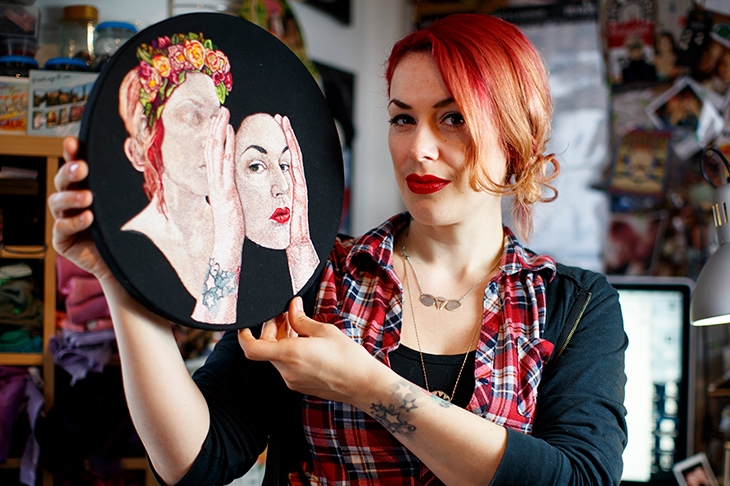
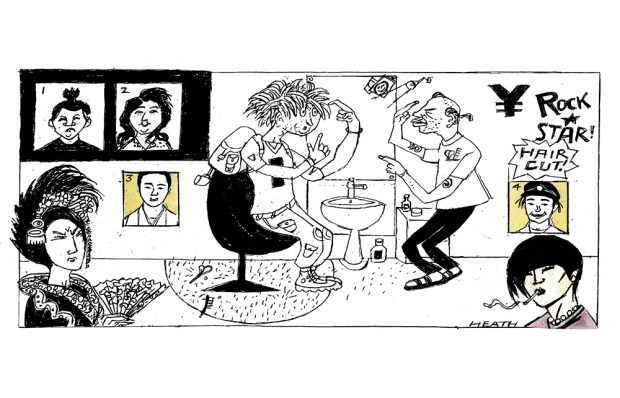
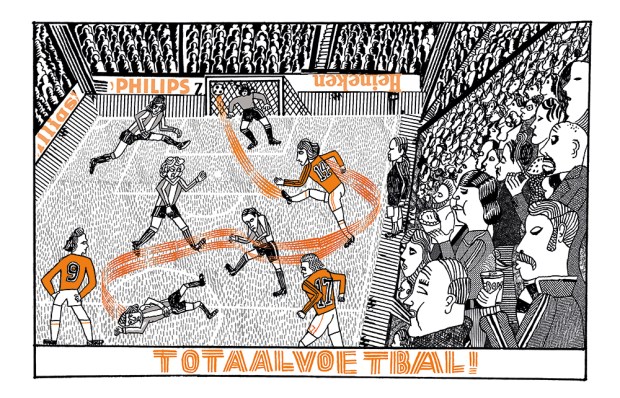
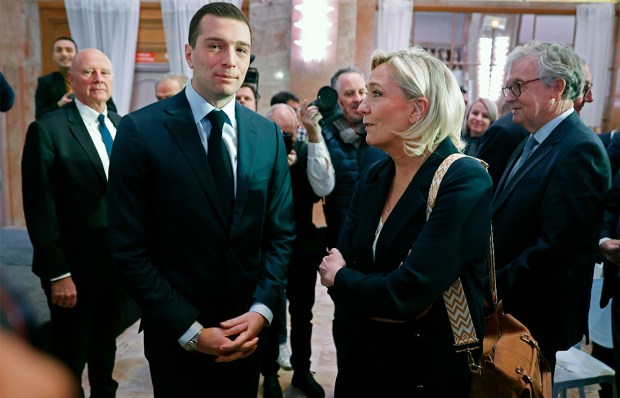
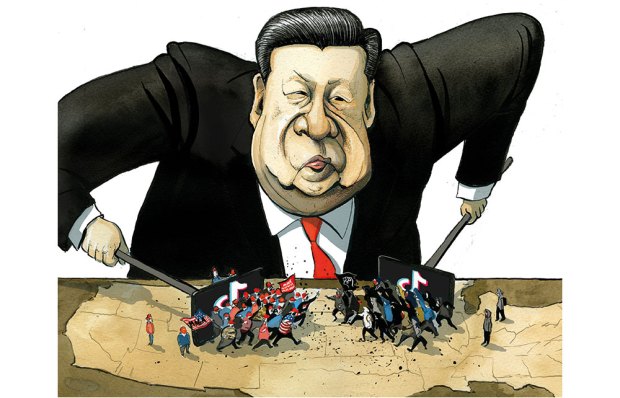
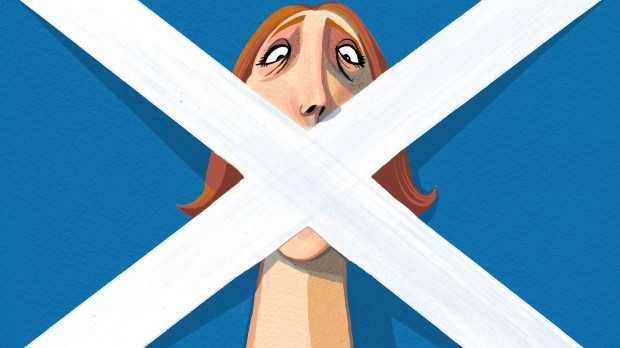
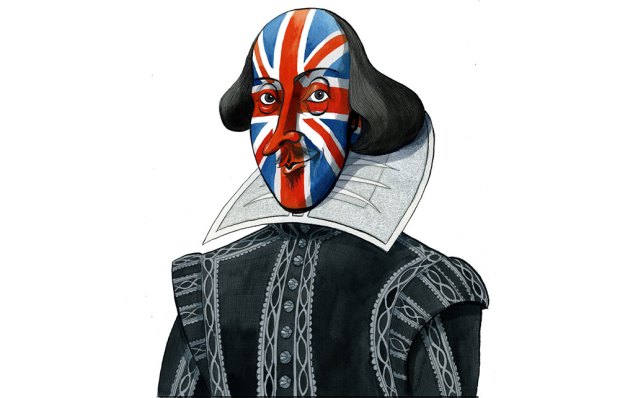






Comments
Don't miss out
Join the conversation with other Spectator Australia readers. Subscribe to leave a comment.
SUBSCRIBEAlready a subscriber? Log in